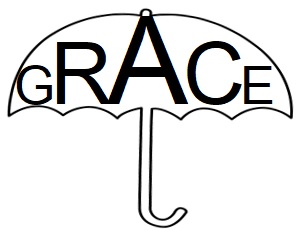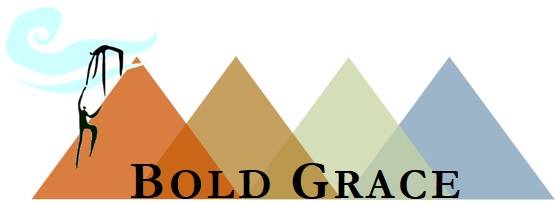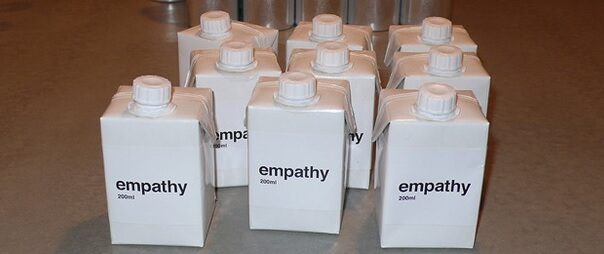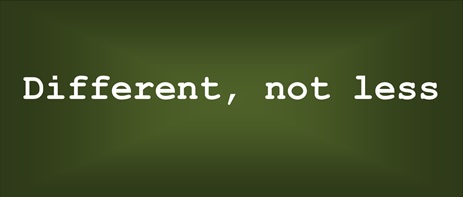Why do we value leadership, connection, and grace? Because it’s scarce, and that scarcity creates value. ~Seth Godin

I could pontificate about the philosophy of leading with bold grace, and I likely will do just that from time to time. Bold grace is not just something philosophical, it is something very practical that can be put into action. Leaders can create an umbrella of grace – an atmosphere that allows people to feel safe and truly engage.
I’ll describe only two (there are many). First, leaders can shift to less telling and more asking. Second, leaders can start sitting on the same side of the table.
Less Telling, More Asking
Edgar Schein in Humble Inquiry: The Gentle Art of Asking Instead of Telling says“…counter to some important aspects of U.S. culture—we must become better at asking and do less telling in a culture that overvalues telling. Asking shows interest in the other person, signals a willingness to listen, and thereby, temporarily empowers the other person.”
Asking questions is a reoccurring theme for bold grace. To be clear, it’s not factual, closed-ended questions. It’s about asking questions to truly understand, not just the topic/issue but the other person’s experience, viewpoints, thinking process, etc. It’s putting seek first to understand into practice on a daily and even hourly basis.
Sit on the Same Side of the Table
In Daring Greatly by Brene Brown she references her “social work training and the emphasis that was placed on how to talk to people, even down to where and how we sit.” Brown has even go so far as to say that “sitting on the same side of the table” is her metaphor for feedback. The very first item on her feedback checklist is “I know I’m ready to give feedback when: I’m ready to sit next to you rather than across from you.”
I’ll take this idea and expand it further. If you are in conflict with someone, or if you are the one trying to resolve conflict between other parties, first, get everyone on the same side of the table. I do mean that, literally.
I can think of instances where leadership team members were at odds with one another, and I’m being kind with that description. They were sitting around a table, across from one another, and tensions escalated. The physical set-up was only adding fuel to the already smoldering fire. At this point, I intervene, stand at a whiteboard or flipchart, and ask them to help me put the problem in writing. Now, they have shifted, they aren’t facing one another, they are collectively facing the problem.
Maybe you’ve had to have a difficult personal conversation. Sometimes those conversations are best approached while going for a walk. That’s another way to physically be on the same side. It changes the dynamic of the conversation. It increases the likelihood that the conversation can take place under an umbrella of grace.
Brown sums it up well: “…victory in difficult conversations is taking off the armor, showing up, and engaging.” That’s bold grace.



